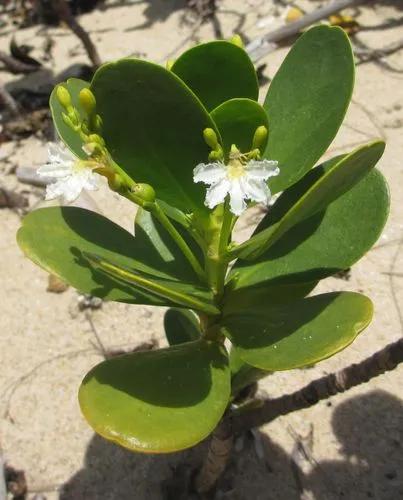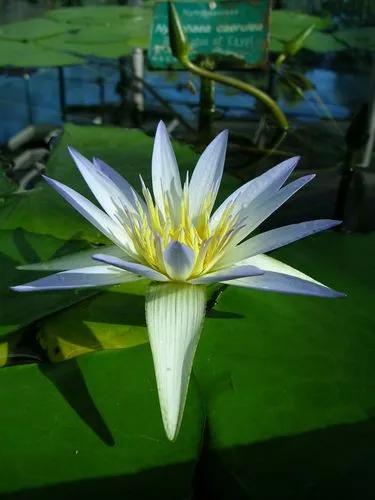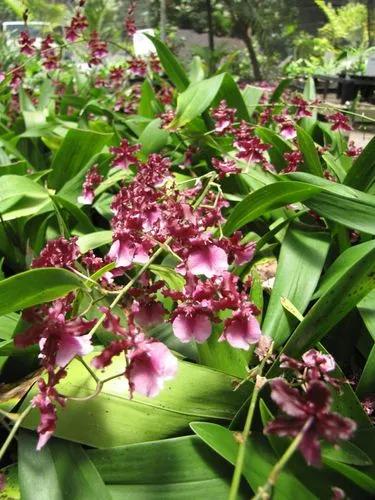Silene nocturnal is a species of herbaceous plant belonging to the Caryophyllaceae family, it is part of annual pastures in ditches, wastelands and crop margins. Also in rocky areas, boulevards and river beds, clearings of thermophilic pine forests, holm oaks, kermes oaks and bushes. It can be found on all types of substrates.
Night-Flowering Catchfly Care
Silene nocturna



Stems 10-60 cm, erect, usually branched. Lower leaves obovate- to lanceolate-spathulate, obtuse, pubescent. Flowers 5-15 in raceme-like monochasial cymes, very densely crowded above, remote below (or flowers 1-5 in the cymes, mostly remote, var. brachypetala (Robill. & Cast.) vis.); inflorescence usually compound, sometimes with alar flowers. Calyx (6-)9-13 mm, oblong-obovoid in fruit, pubescent with ascending hairs; veins wide, green, anastomosing. Petal-limb usually pink, bifid, exserted (or emarginate and included, var. brachypetala). Capsule 8-11 mm, oblong or ovoid-oblong; carpophore 1-1.5 mm, puberulent. Seeds reniform; faces excavate-auriculate; back wide, with shallow, tuberculate groove.
This plant might be poisonous
How to get rid of: In the home garden and landscape is best controlled using cultural and mechanical methods. If these methods cannot be used, herbicides containing diquat or glyphosate will control growing plants in home landscape beds. Only glyphosate can be used around edible crops and it will severely injure or kill any plant it touches. The sprayer tip should be shielded so that the spray does not contact any desirable plants, as either of these herbicides will injure many ornamental plants. There are no preemergent (before the plant emerges from the soil) chemical controls available for home use that are effective for controlling common groundsel.
Discover more plants with the list below
Popular articles






